The American Jazz Museum
Introduction
Author-Uploaded Audio
Introduction to the museum by Michael Patton; recording created by Black Archives of Mid-America
Text-to-speech Audio
Since opening in 1997, the American Jazz Museum has offered a blend of traditional museum experiences centered on artifacts and interpretation along with performances and educational programs. The museum is located in the 18th and Vine Historic District, and its exhibits and programs are centered on the historical and artistic contributions of the musicians who lived and worked in this part of Kansas City. The museum includes interactive exhibits and educational programs that are connected to the Blue Room, a working jazz club with nightly performances that are open to all. The Museum also operates the neighboring Gem Theater, a historic 500-seat performing arts center. In addition, staff work closely with area music educators and Mutual Musicians Foundation, a union that dates back to 1917. As a Smithsonian Affiliate, the American Jazz Museum also presents music-related exhibits from the Smithsonian Institute.
Images
American Jazz Museum
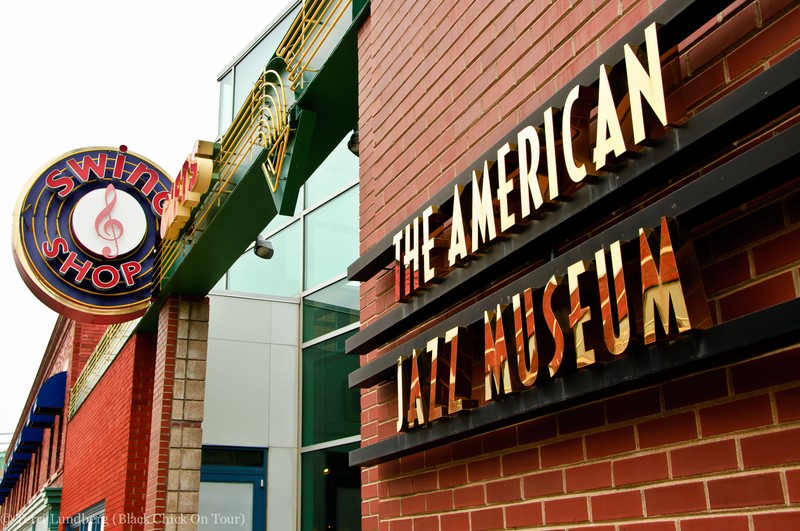
Interactive Exhibits in the Jazz Museum illustrating life in KCMO in the 1920s
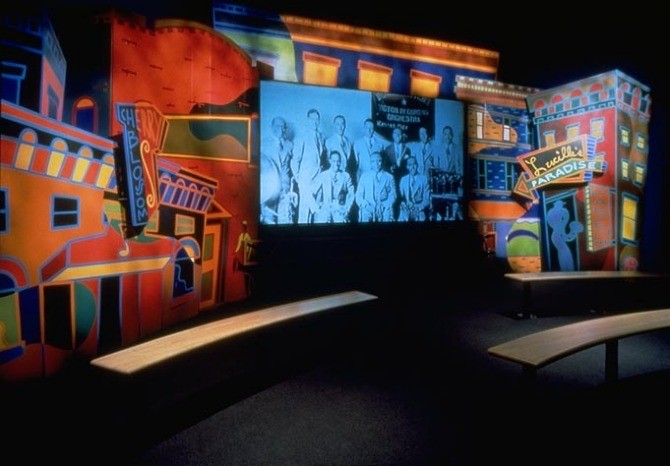
Charlie Parker's Saxophone featured at the museum
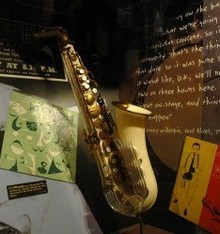
Entrance of the American Jazz Museum at night
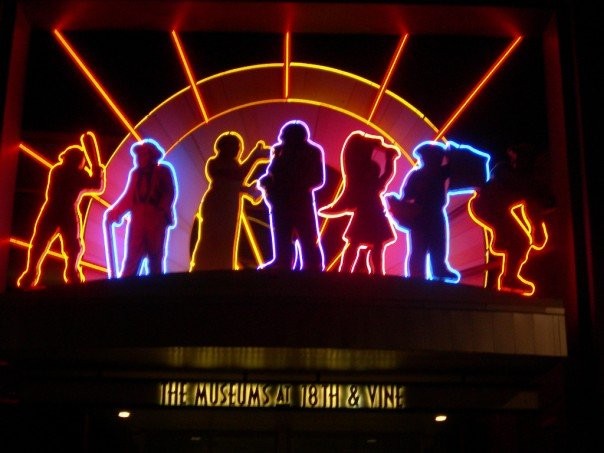
Live jazz performances at the Blue Room
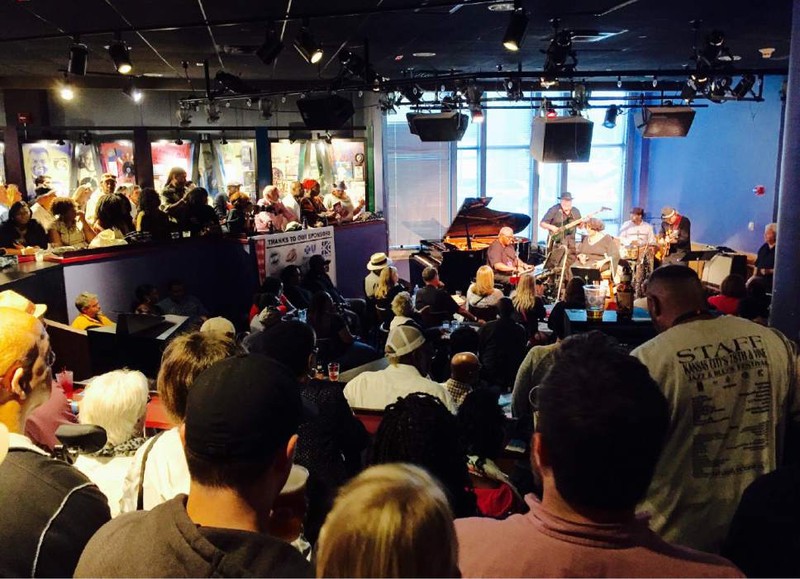
Kansas City Jazz: From Ragtime to Bebop--A History
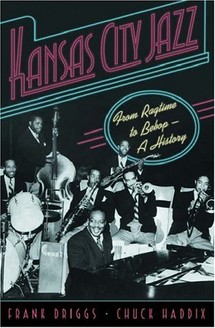
Backstory and Context
Text-to-speech Audio
Emanuel Cleaver was the political sponsor for the revitalization of the 18th and Vine district, and Dr. Rowena Stewart oversaw the development of the American Jazz Museum in 1995. Stewart became the first director upon completion of the museum in 1997. In the past 25 years, the museum has worked to offer a mixture of artifacts and interpretation that live alongside performances, community events, and educational programs. The museum's galleries include numerous artifacts from leading Kansas City jazz musicians along with interactive displays that educate the public about jazz music with an emphasis on the contributions of local musicians. The museum includes numerous exhibits on the lives of prominent African American musicians, hotel owners, and restaurateurs who helped create and sustain the 18th and Vine Community, an area sometimes referred to as "the Jazz District" given the neighborhood's connection to jazz legends and recent efforts to invest in organizations dedicated to art, history, sports, and culture.
Kansas City Jazz and 18th and Vine
"With few anomalies," write jazz scholars Frank Driggs and Chuck Haddix, "Kansas City's distinctive jazz style originated in the community centered around the intersection of 18th and Vine—Kansas City's other downtown." [1] In the segregated Kansas City of the 1920s, 30s, and 40s, 18th and Vine was a vibrant hub of African American businesses, clubs, hotels, and restaurants serving a clientele excluded from most other venues in Kansas City.
During the 1920s and Great Depression, Kansas City earned a reputation as being a “wide open” city owing to machine politicians like Tom Pendergast who refused to enforce Prohibition. In communities throughout the city, political leaders delivered the vote to Pendergast-affiliated aldermen, and police responded by allowing jazz clubs and other businesses to operate. As long as the money flowed up to the political machine, liquor flowed throughout Kansas City. As a result, clubs attracted patrons and provided incentives for musicians throughout the country to come to Kansas City. While a few "black and tan" clubs were open to all, most of the city's establishments reflected the segregated nature of the city. Black performers who played for white-only audiences found this neighborhood to be a sanctuary where they could be both patron and performer.
Many of the greatest jazz legends learned and practiced their craft at white-only clubs downtown in the early evening before returning to the Street Hotel for a meal. These musicians then performed a second set at the Black-owned clubs of this neighborhood, and the music sometimes continued on until the early morning hours. While many of these musicians moved on to other cities, this part of the city is credited for producing the unique sound of Kansas City jazz.
The neighborhood where the museum is located was home to influential musicians like Charlie "Bird" Parker, who lived and played in Kansas City before moving to New York. This district was also the place where jazz legends like Duke Ellington, Louis Armstrong, and Ella Fitzgerald performed for African American audiences. The museum celebrates the district and preserves the legacy of Kansas City jazz. The museum shares the building with the Negro Leagues Baseball Museum, and visitors can enjoy both museums for a reduced rate by purchasing a ticket to both.
Sources
Diggs, Frank. Haddix, Chuck. Kansas City Jazz : From Ragtime to Bebop - A History. Oxford, UK. Oxford University Press, 2006.
About Us. American Jazz Museum, Accessed October 10, 2023
American Jazz Museum. Guidestar, Accessed July 7, 2010.
American Jazz Museum, Visit KC, news.visitkc.com/facts/american-jazz
